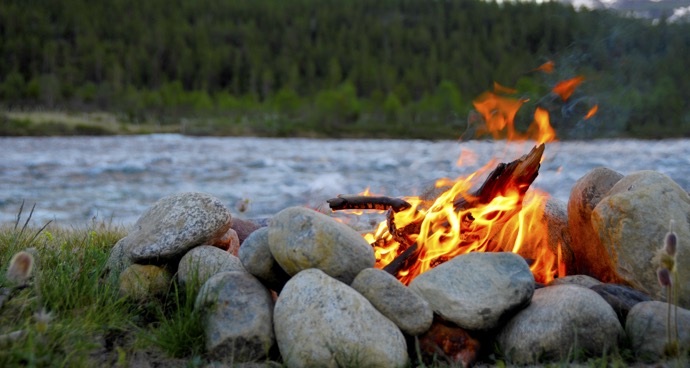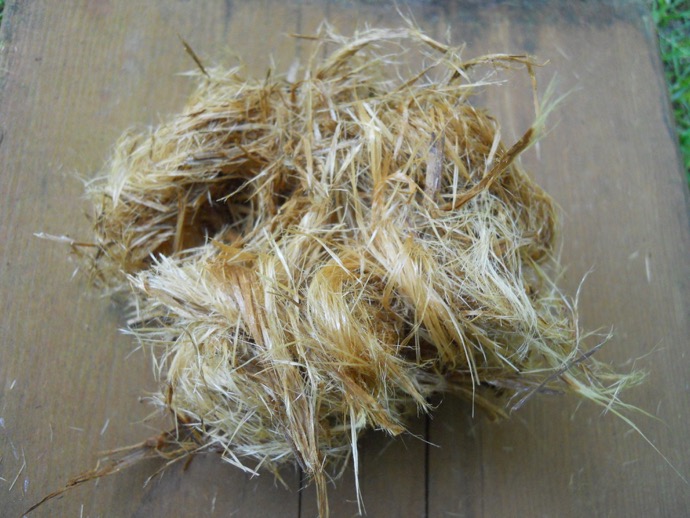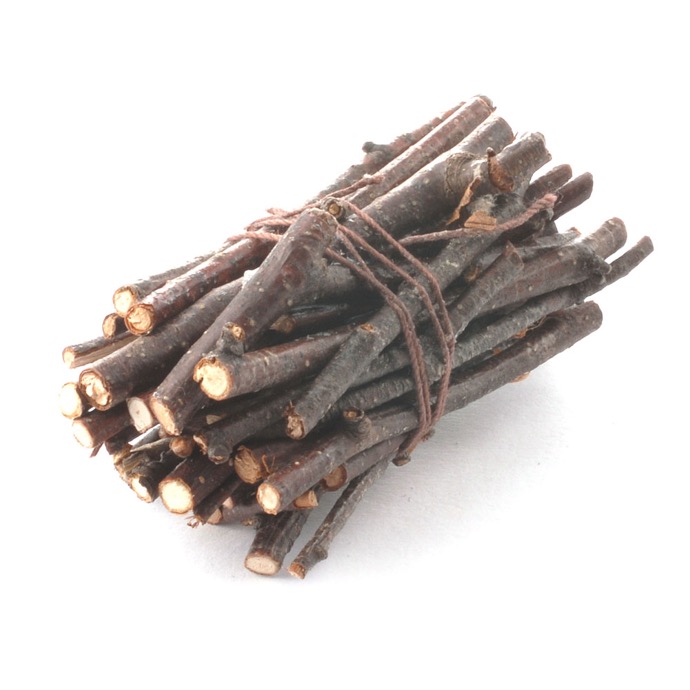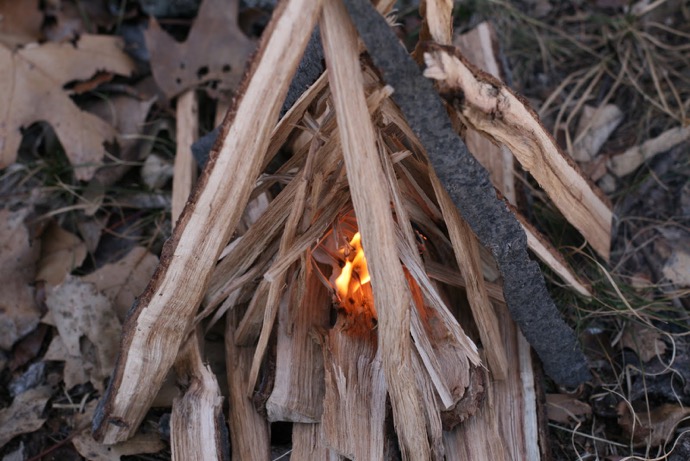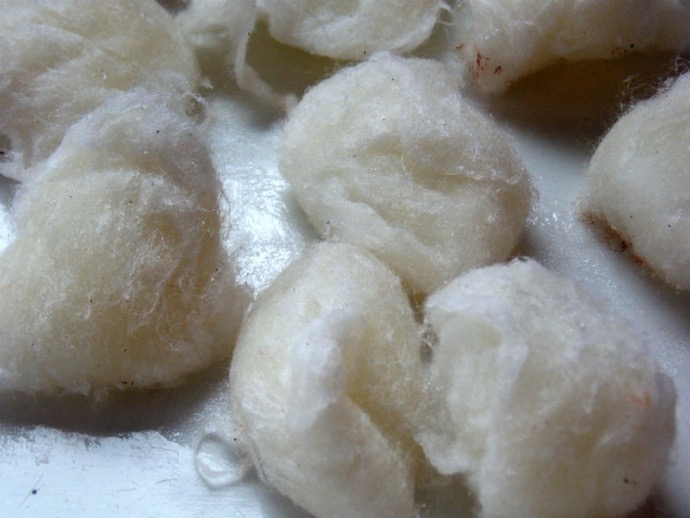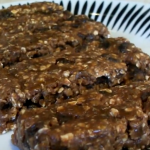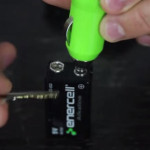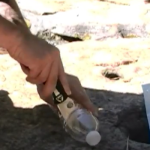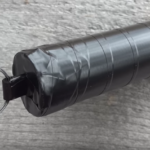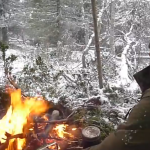Tinder, Kindling And Starting Fires Quickly
Tinder and kindling are often used interchangeably, but they represent two different categories of fire-starting material. It’s important to have an idea of what material works best in order to conserve resources and get fires started quickly and easily. Let’s take a closer look and highlight some important things to consider when it comes to starting the perfect fire.
Tinder
Tinder encompasses material that burns easily without the need for fuel. Tinder also tends to burn quickly. Examples include steel wool, cotton balls, the fuzz from cattails, dried grass, pieces of paper or any other material that ignites as soon as it is lit. Tinder is usually used to create a starter fire that will ignite kindling material.
The big problem with tinder is that it is very light, gets blown in the wind, ruined by rain and burns up very quickly. One of the biggest frustrations when learning how to build fires is figuring out how to get the tinder to light the kindling before it flames out. One effective solution is to soak cotton balls in alcohol or dunk them in petroleum jelly. Another popular option is to smear pine resin over twigs and other material that burns easily. Both will provide a ready-made fuel source and cause the tinder to burn slower and for a longer period of time.
Kindling
Kindling material includes thicker twigs, smaller branches and small pieces of wood or bark. Kindling can also be coated with things like pine resin, wax or petroleum jelly in order to accelerate the fire-starting process. However, kindling generally requires tinder even if they are coated with a flammable substance.
The tried-and-true method for building fires is to place the tinder beneath, around and mixed with the kindling material. Then place progressively thicker material above and around the kindling. The basic campfire is built in a tepee or “A” shape, with a mixture of medium and larger pieces of wood making the frame. Kindling rests in the middle, above and surrounded by pieces of tinder. This principle is carried over to almost all other types of fires as well.
In terms of building a fire in a survival situation, it is wise to prepare and store some cotton balls that are soaked in fuel or have some petroleum jelly on hand to coat small pieces of wood or debris. You want to be able to get a fire started with a single match or strike of a lighter, and cotton is the lightest and most compact material to work with. However, you can also use pine resin, which is abundant in most forests in North America, as a reasonable alternative.
Try to incorporate both tinder and kindling into your fires in order to create an efficient way to get them started. You may also want to gather some extra material and store it in a dry place for future use as well. A handful of tinder in a plastic bag will come in real handy when you are trying to start a fire in the rain.
Building fires is not a complicated process, but building them efficiently takes a little bit of hands-on experience. Practice building fires by using different material and under various conditions now so that you will know what to expect later.


